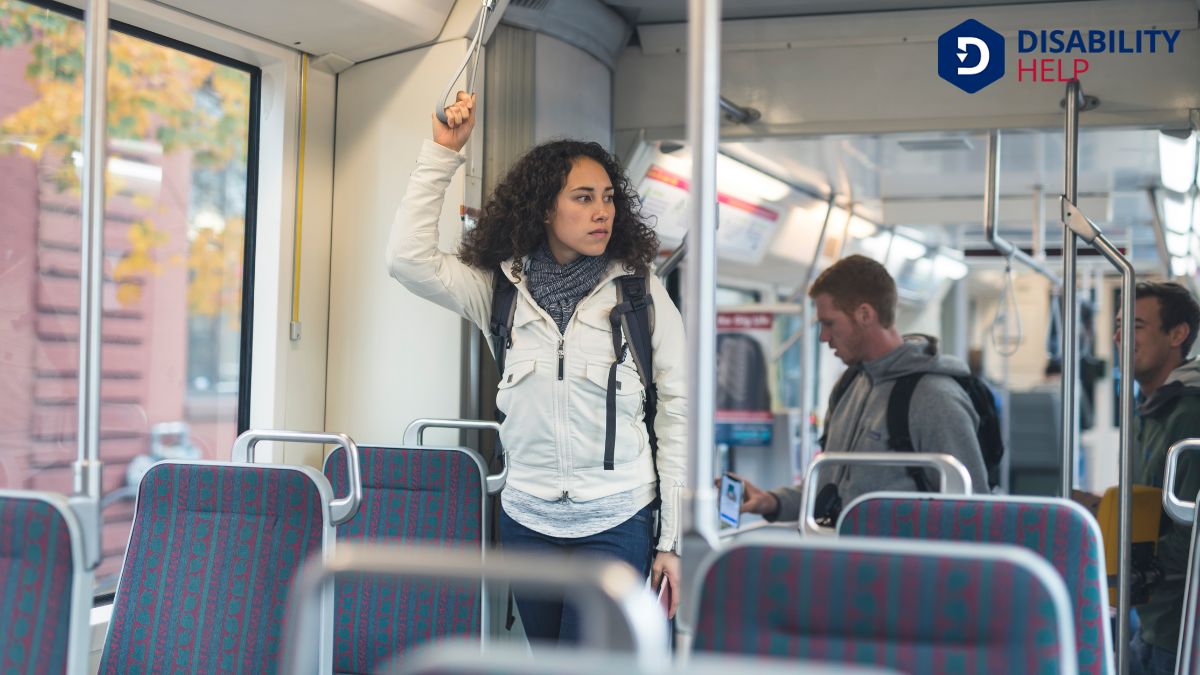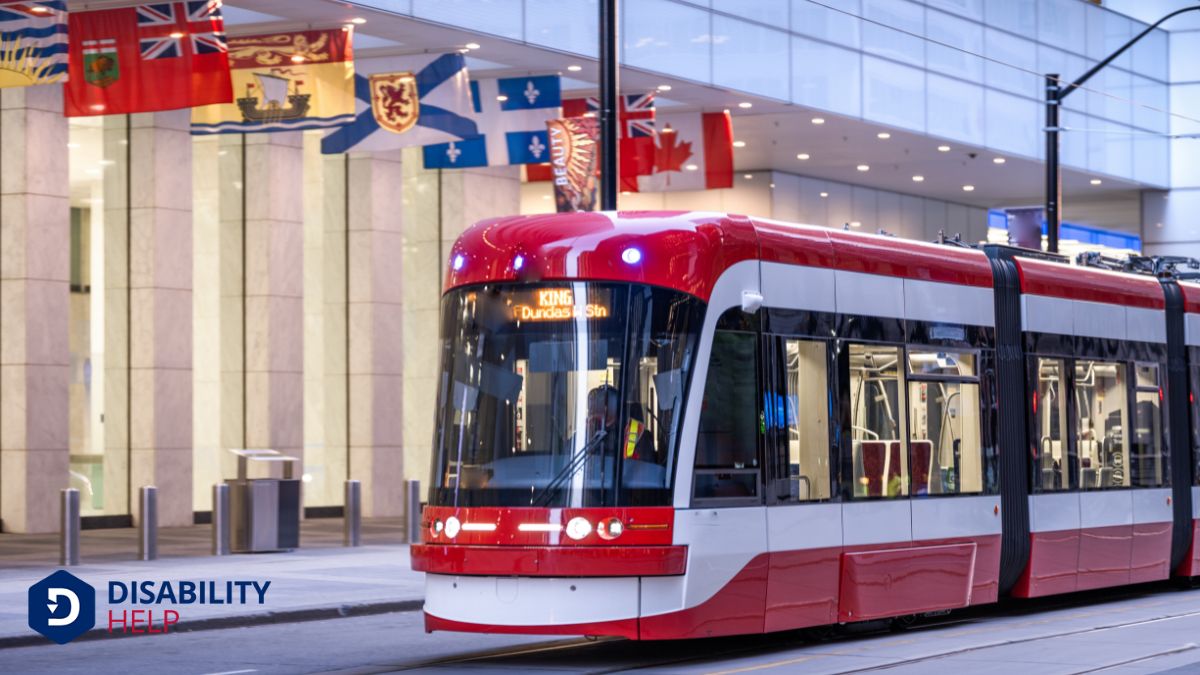Many public transit systems offer reduced fares for disabled riders, promoting accessibilityThe design of products, devices, services, or environments to be usable by people with disabilities.... and independence. These programs aim to make transportation more affordable, helping individuals with disabilities engage in work, medical appointments, and social activities. Eligibility usually requires documentation to verify disability status, with criteria varying by transit system. Offering discounted rates enhances mobility and encourages community participation. But how do these programs truly impact the lives of disabled riders? Let's explore further.
Key Takeaways
- Many public transit systems offer reduced fares to disabled riders to enhance accessibility and independence.
- Eligibility for discounted fares often requires documentation proving disability status, such as an ID or healthcare provider letter.
- Fare reductions help disabled individuals access work, medical appointments, education, and social activities.
- Implementation challenges include verifying eligibility, managing revenue losses, and training staff on policy application.
- Successful transit systems engage with communities and use technology to improve accessibility for disabled riders.
Understanding Reduced Fare Policies for Disabled Riders

When it comes to understanding reduced fare policies for disabled riders, it's important to recognize the impact these policies have on accessibility and independence.
These policies aren't just about saving money; they're about guaranteeing that everyone can access public transportation without barriers. By providing reduced fares, transit systems empower individuals with disabilities to participate fully in their communities.
We can appreciate how these policies enhance mobility options, allowing disabled riders to travel for work, medical appointments, or leisure without financial strain.
Understanding the nuances of these fare structures helps us advocate for improvements and guarantee they truly meet the needs of all riders.
Let's explore the various aspects of these policies and how they contribute to creating a more inclusive transit system for everyone.
Eligibility Criteria for Discounted Transit Fares
As we consider the impact of these reduced fare policies, it's important to understand the eligibility criteria that determine who can access these benefits. Public transit systems typically require documentation to verify a rider's disability status. This may include a government-issued disability ID, a letter from a healthcare provider, or enrollment in specific assistance programs.
Some systems offer a straightforward application process, while others might require more detailed information. It's essential for us to check each system's specific requirements, as they can vary considerably.
Additionally, age and income may sometimes be factors in eligibility. By understanding these criteria, we can better navigate and advocate for the transportation needs of those with disabilities, ensuring they receive the support they deserve.
Impact of Fare Reductions on the Disabled Community
Although fare reductions may seem like a small change, they can greatly impact the lives of people with disabilities. Lower transit costs mean increased affordability and accessibility, leading to a positive ripple effect in their daily lives.
As we explore the benefits, let's imagine the difference these reduced fares can make:
- Increased Independence: More frequent travel enables disabled individuals to manage errands and appointments on their own.
- Expanded Opportunities: Easier access to education and employment can open doors to personal growth and career advancement.
- Enhanced Social Engagement: Joining community events and visiting friends becomes more feasible, reducing isolation and promoting well-being.
Challenges Faced by Transit Authorities in Implementation
Implementing fare reductions for disabled riders presents several challenges for transit authorities. First, we must guarantee that our systems accurately identify and verify eligible riders without invading privacy or creating cumbersome processes.
Balancing cost and accessibility also poses difficulties; we need to manage revenue losses while maintaining service quality and coverage. Additionally, training staff to understand and implement these policies effectively is crucial yet resource-intensive.
We face technological hurdles, too, as outdated systems mightn't support necessary changes, requiring costly upgrades. Coordinating with local governments and various stakeholders adds another layer of complexity.
However, by addressing these challenges, we can create a more inclusive transit environment, fostering greater independence and accessibility for disabled riders in our communities.
Success Stories and Best Practices in Inclusive Transit Systems

When looking at successful transit systems, it's inspiring to see how some have transformed challenges into opportunities for inclusivity.
By focusing on the needs of disabled riders, these systems set an example for others.
We've found that the most effective practices often involve:
- Community Engagement: Transit authorities actively involve disabled riders in decision-making, ensuring their voices guide improvements.
- Advanced Technology: Implementing user-friendly apps and real-time updates makes navigation more accessible for everyone.
- Comprehensive Training: Staff receive extensive training on assisting disabled passengers with respect and understanding.
These approaches not only enhance accessibility but also promote a sense of community and dignity.
Conclusion
In summary, we see how vital reduced fare programs are for supporting the independence and participation of disabled riders in our communities. By understanding eligibility criteria and the positive impact these programs have, we can appreciate the efforts made to enhance accessibility. While transit authorities face implementation challenges, the success stories and best practices remind us of the benefits of inclusive transit systems. Let's continue advocating for and improving these essential programs for everyone's benefit.






